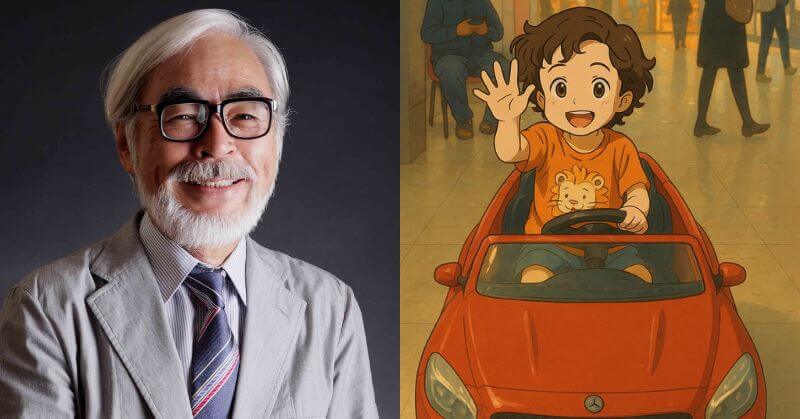"Brushstrokes of Wonder: Exploring the Quiet Magic of Ghibli Art"

The Gentle Magic of Ghibli Art: A World Where Stillness Speaks

In a world that often races ahead, demanding louder, faster, more—Studio Ghibli art invites us to pause, breathe, and listen to the quiet magic of life. It is not just animation; it is poetry brushed onto canvas, frame by frame. Every detail—whether it’s a cloud drifting lazily across a blue sky, or a blade of grass swaying in the summer wind—speaks to something deeper in us. Ghibli art is a love letter to the world we live in, and perhaps, the world we wish we lived in.
Founded in 1985 by Hayao Miyazaki and Isao Takahata, Studio Ghibli quickly established itself as the beating heart of hand-drawn animation. But what truly sets Ghibli apart is its art—rich, organic, and overflowing with soul. Unlike the sharp lines and fast cuts of many modern animations, Ghibli embraces the imperfect softness of watercolors and pencils. Their skies are never just blue; they’re layered with emotional weight. Their cities and forests hum with unseen stories, quiet histories etched into every stone and tree.
One of the most remarkable qualities of Ghibli’s art is its deep reverence for nature. In films like My Neighbor Totoro, Princess Mononoke, and Nausicaä of the Valley of the Wind, nature is not merely background—it is a character, a force, a teacher. Trees are ancient, breathing giants. Rivers glisten with memory. The wind carries laughter, and sometimes, sorrow. Ghibli’s forests aren’t mysterious in the way fairy tales warn of, but in the way real life is—unpredictable, sacred, and deeply alive.
Equally striking is how Ghibli brings the mundane to life. A teacup on a table, steam rising from a bowl of ramen, laundry drying in the sun—these small, ordinary moments are treated with reverence. In Spirited Away, a scene where Chihiro eats rice balls becomes a meditation on grief and comfort. In Kiki’s Delivery Service, a bakery window glowing at dusk feels like a warm embrace. Ghibli art teaches us that beauty doesn’t shout; sometimes, it whispers.
Color, too, plays a masterful role in the emotional language of Ghibli. The studio’s palette shifts like seasons—soft pastels for innocence and wonder, deep emeralds and ochres for mystery and melancholy. Light and shadow aren’t used just for contrast but for emotional tone. A sun-drenched morning in Howl’s Moving Castle feels hopeful and alive. The fading evening light in The Wind Rises carries the ache of dreams that might never come true.
But perhaps what lingers most in Ghibli’s art is its sense of stillness. There is a Japanese term—ma—which refers to the space between moments, the silence that gives meaning to sound. Ghibli masters ma. There are pauses in their films where nothing happens, and yet, everything happens. A breeze through the trees. A character gazing out a window. A moment to just… be. In these silences, Ghibli allows us to connect—not just with the characters, but with ourselves.

Ghibli’s art is not merely seen—it is felt. It is the comfort of nostalgia without the weight of cynicism. It reminds us of who we were before we grew too busy, too logical, too loud. It welcomes us back to wonder, and gently says, “It’s okay to feel. It’s okay to slow down.”
In the end, Ghibli art is not just about beautiful landscapes or charming characters. It is a philosophy—one that honors the quiet, the delicate, the in-between. It is the childlike belief that even in a messy, noisy world, there is still magic to be found—in a breeze, a smile, or a silent moment beneath the stars.
What's Your Reaction?

















